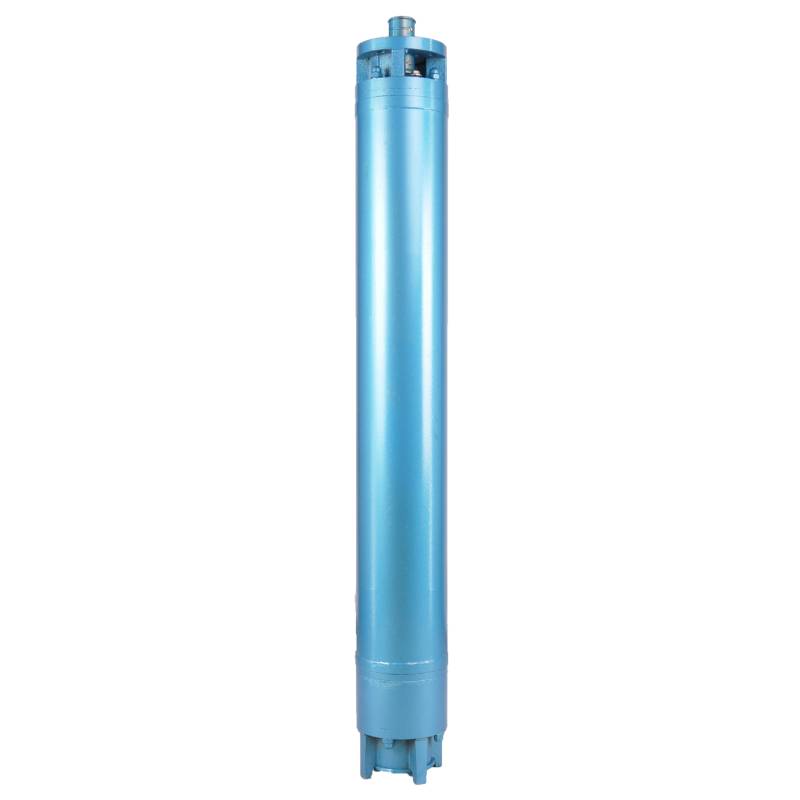Nov . 15, 2024 02:35 Back to list
submersible 12 volt pump
The Versatility and Efficiency of Submersible 12 Volt Pumps
Submersible pumps are an essential tool in a variety of applications, ranging from residential water removal to agricultural irrigation and industrial processes. Among these, submersible 12-volt pumps hold particular significance due to their unique advantages and versatility. This article will explore the functionality, applications, benefits, and considerations when choosing a 12-volt submersible pump.
Understanding Submersible 12 Volt Pumps
Submersible pumps are designed to be submerged in the fluid they are pumping, which is a key difference from standard pumps that draw fluid from above. This configuration allows them to push fluids to the surface rather than relying on suction. A 12-volt submersible pump, as the name suggests, operates on a 12-volt power supply, which is often sourced from batteries. This makes them particularly well-suited for portable applications and areas without direct access to electricity.
Applications
The applications of submersible 12-volt pumps are extensive
1. Well Water Extraction These pumps are commonly used in private water wells for extracting groundwater. Their ability to work efficiently at various depths makes them ideal for residential use.
2. Fountains and Ponds Submersible pumps can create beautiful water features in gardens and parks. They help circulate water in ponds, ensuring that fish and aquatic plants thrive.
3. Flood Water Removal In emergencies, such as flooding, having a reliable submersible pump can save properties from extensive water damage. These pumps can quickly remove large volumes of water from basements or flooded areas.
4. Irrigation Systems In agriculture, 12-volt pumps can provide a reliable water source for irrigation, particularly in remote areas where electricity is not available.
5. Aquaculture These pumps are often used in fish farming to maintain the necessary water levels and circulation.
6. Portable Applications Their compact size and lower power requirements make them ideal for RVs, camping trips, and temporary irrigation setups.
Benefits of 12 Volt Submersible Pumps
1. Portability 12-volt pumps are lightweight and easily transportable, making them ideal for temporary or on-the-go applications.
submersible 12 volt pump

3. Safety The low voltage means reduced electrical hazards, making them safer to operate in wet conditions compared to higher voltage pumps.
4. Ease of Use Most 12-volt submersible pumps are designed for ease of installation and operation. Users can typically connect them directly to a battery or a solar power source.
5. Durability Many models are built to withstand harsh conditions and are designed from corrosion-resistant materials, ensuring long service life.
Considerations When Choosing a 12 Volt Submersible Pump
When selecting a submersible 12-volt pump, several factors must be taken into account
1. Flow Rate Determine the required flow rate for your application. This is usually measured in gallons per minute (GPM) or liters per minute (LPM).
2. Lift Height Check the pump’s total dynamic head (TDH) to ensure it can effectively lift water to the required height.
3. Construction Material Consider pumps made from corrosion-resistant materials, especially for applications involving saltwater or chemicals.
4. Power Source Ensure the power source (battery or solar panel) is capable of supplying sufficient voltage and current for efficient operation.
5. Portability If you need to frequently transport the pump, consider its weight and size.
6. Warranty and Support A good warranty and customer support can be crucial in case issues arise.
Conclusion
In conclusion, submersible 12-volt pumps are versatile, efficient tools that serve a variety of purposes in both domestic and commercial settings. Their portability, energy efficiency, and safety features make them an attractive choice for many users. Whether you are looking to manage water levels in a well, set up a beautiful fountain, or handle emergency flooding, a submersible 12-volt pump could be the perfect solution. When selecting a pump, consider all the factors discussed to ensure that you choose the right model for your specific needs.
-
Submersible Water Pump: The Efficient 'Power Pioneer' of the Underwater World
NewsJul.01,2025
-
Submersible Pond Pump: The Hidden Guardian of Water Landscape Ecology
NewsJul.01,2025
-
Stainless Well Pump: A Reliable and Durable Pumping Main Force
NewsJul.01,2025
-
Stainless Steel Submersible Pump: An Efficient and Versatile Tool for Underwater Operations
NewsJul.01,2025
-
Deep Well Submersible Pump: An Efficient 'Sucker' of Groundwater Sources
NewsJul.01,2025
-
Deep Water Well Pump: An Efficient 'Sucker' of Groundwater Sources
NewsJul.01,2025
-
 Submersible Water Pump: The Efficient 'Power Pioneer' of the Underwater WorldIn the field of hydraulic equipment, the Submersible Water Pump has become the core equipment for underwater operations and water resource transportation due to its unique design and excellent performance.Detail
Submersible Water Pump: The Efficient 'Power Pioneer' of the Underwater WorldIn the field of hydraulic equipment, the Submersible Water Pump has become the core equipment for underwater operations and water resource transportation due to its unique design and excellent performance.Detail -
 Submersible Pond Pump: The Hidden Guardian of Water Landscape EcologyIn courtyard landscapes, ecological ponds, and even small-scale water conservancy projects, there is a silent yet indispensable equipment - the Submersible Pond Pump.Detail
Submersible Pond Pump: The Hidden Guardian of Water Landscape EcologyIn courtyard landscapes, ecological ponds, and even small-scale water conservancy projects, there is a silent yet indispensable equipment - the Submersible Pond Pump.Detail -
 Stainless Well Pump: A Reliable and Durable Pumping Main ForceIn the field of water resource transportation, Stainless Well Pump has become the core equipment for various pumping scenarios with its excellent performance and reliable quality.Detail
Stainless Well Pump: A Reliable and Durable Pumping Main ForceIn the field of water resource transportation, Stainless Well Pump has become the core equipment for various pumping scenarios with its excellent performance and reliable quality.Detail
